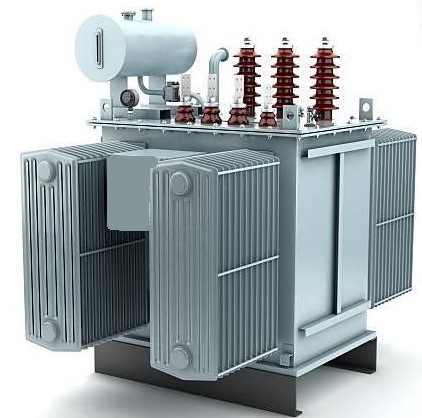Distribution transformers are essential components of electrical power distribution systems, responsible for stepping down high voltage from transmission lines to lower voltages suitable for residential, commercial, and industrial use. Key Technical Specifications Voltage Rating: Typically ranges from 11 kV to 440 V, depending on the specific application. KVA Rating: Determines the transformer's capacity to handle electrical load, ranging from a few kVA to several MVA. Cooling Type: Oil-cooled, air-cooled, or dry-type transformers are common choices. Phase: Single-phase or three-phase configurations are available. Impedance: Influences voltage regulation and short-circuit current levels. Efficiency: Measures the transformer's ability to convert electrical energy efficiently. Noise Level: Critical for urban areas, especially for residential installations. Applications of Distribution Transformers Residential Areas: Supply power to individual homes and small commercial establishments. Commercial Complexes: Power various shops, offices, and other commercial facilities. Industrial Facilities: Provide power for machinery, lighting, and other electrical equipment. Rural Electrification: Extend power supply to remote areas. Comprehensive Services Offered by RRR Electrical Sale of Distribution Transformers: Wide range of high-quality transformers from renowned manufacturers. Customized solutions to meet specific requirements. Expert guidance in selecting the right transformer for your needs. Service and Maintenance: Regular inspection and preventive maintenance to ensure optimal performance. Timely repair and replacement of faulty components. Emergency breakdown services to minimize downtime. Annual Maintenance Contracts (AMC): Comprehensive maintenance plans tailored to your specific needs. Regular scheduled maintenance visits to prevent breakdowns. Priority response to service calls. Discounted rates on spare parts and repairs. Rental Services: Flexible rental options for short-term and long-term requirements. High-quality rental transformers in excellent condition. Hassle-free installation and commissioning. Testing and Commissioning: Rigorous testing to ensure compliance with industry standards. Comprehensive commissioning procedures to guarantee safe and reliable operation. Why Choose RRR Electrical? Expertise and Experience: A team of highly skilled engineers and technicians with years of experience. State-of-the-Art Facilities: Advanced testing and repair facilities to ensure quality service. Commitment to Customer Satisfaction: Dedicated to providing exceptional service and support. Competitive Pricing: Affordable solutions without compromising on quality. Timely and Reliable Service: Prompt response to service calls and efficient execution of tasks.
Send Message
